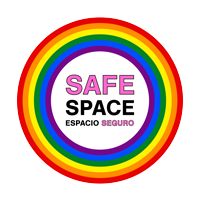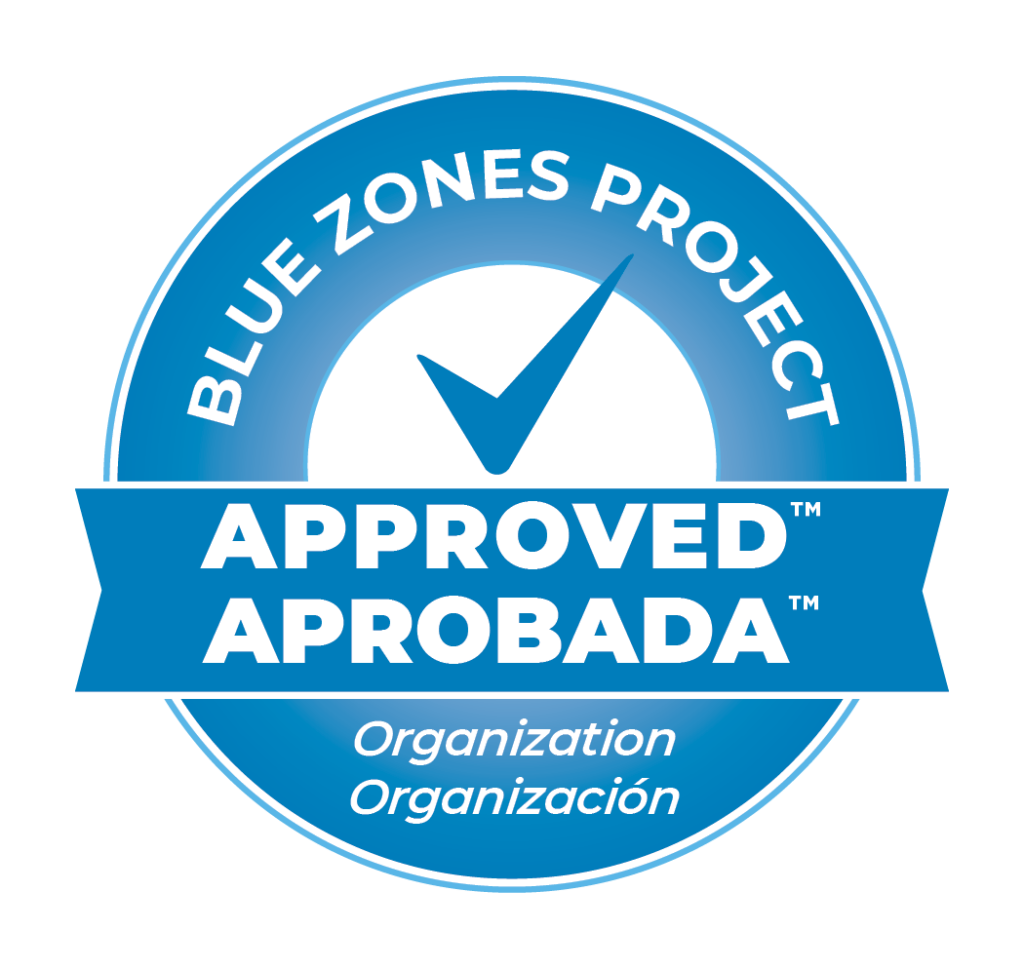The way we talk about things can often influence the way we think about them. In the field of mental health, we are familiar with “person-first” language. This is language that prioritizes the identity of individuals as human beings with unique experiences and identities over their mental health status.
According to Mental Health America (mhanational.org), people and language evolve, so MHA has chosen to remove the word “minority” from its toolkit and will be phasing it out on all its materials. Instead, MHA is using a different designation — BIPOC — that it believe more fairly honors and distinguishes the experiences of Blacks, Indigenous People, and People of Color.
Bebe Moore Campbell National Minority Mental Health Awareness Month has been observed each July since 2008, and was created to bring awareness to the unique struggles that underrepresented groups face regarding mental illness in the United States.
Campbell was an American author, journalist, teacher, and mental health advocate who worked tirelessly to shed light on the mental health needs of the Black community and other underrepresented communities.
In an effort to continue Campbell’s visionary work, each year MHA develops a public education campaign dedicated to addressing the needs of BIPOC, and this July, it is named 2020 BIPOC Mental Health Month.
In the field of mental health we avoid describing people as “schizophrenics” and instead refer to them as “people with schizophrenia.”
This concept can be carried out as well in the way we refer to BIPOC (Black, Indigenous, and People of Color). The continued use of “minority or marginalized” sets up BIPOC communities in terms of their quantity instead of their quality and removes their personhood.
The use of these terms directly contradicts MHA’s focus on the individual and its hope to empower the individual as a whole person. The word “minority” also emphasizes the power differential between “majority” and “minority” groups and can make BIPOC feel as though “minority” is synonymous with inferiority.
Though “minority” and “marginalized” may continue to be used in academic spaces, the words the mental health community uses need to change in order to help communities understand how these terms create and perpetuate negative images and stereotypes of individuals that identify as BIPOC.
By including “BI” Black and Indigenous in addition to “POC” people of color, we are honoring the unique experiences of Black and Indigenous individuals and their communities, as well as the spectrum of existence and experience by POC.
To promote and be effective in addressing mental health for all, MHA uses a racial equity and intersectional lens to highlight, better understand, and effectively respond to the range of experiences held by individuals and families with diverse values, beliefs, and sexual orientations, in addition to backgrounds that vary by race, ethnicity, religion, and language.
We hope that you will join Interim as we take a critical lens at the mental health space and how trauma has impacted the lives and wellbeing of BIPOC, while celebrating resiliency in the face of adversity.




